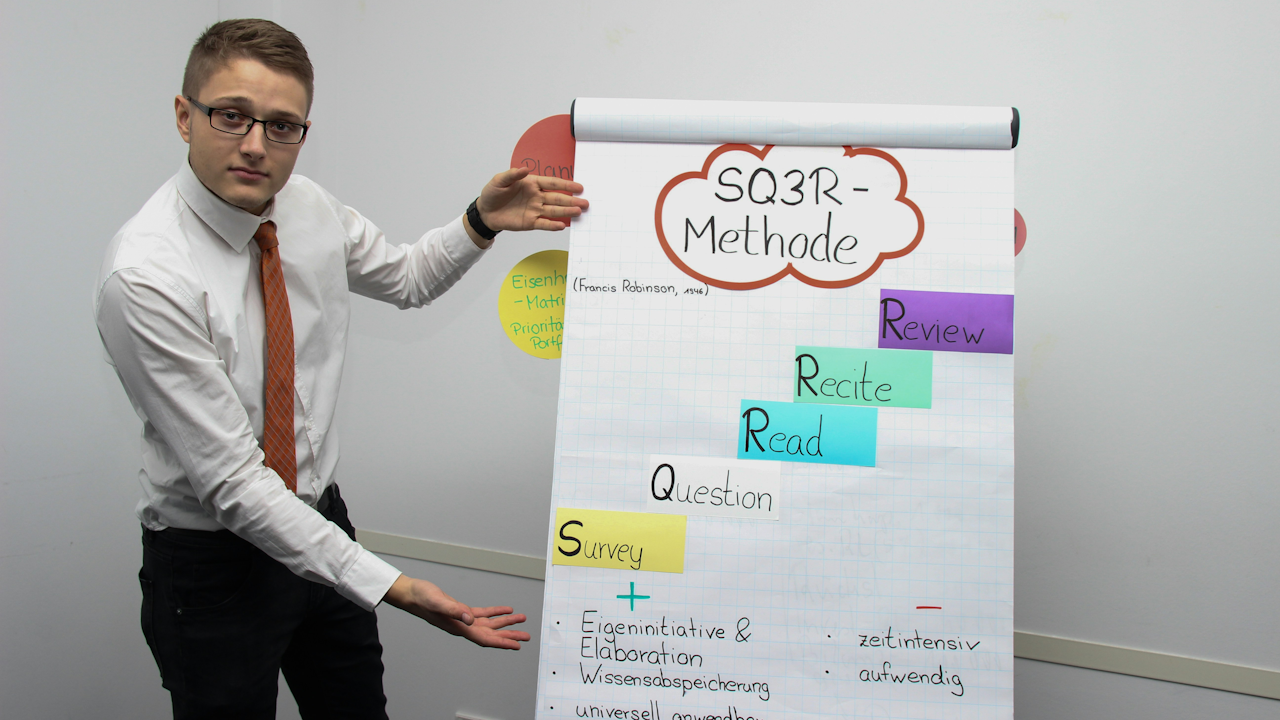Effective study techniques are essential for retaining information and maximizing learning potential. While different methods work for different individuals, certain strategies have proven to be particularly effective in enhancing memory, comprehension, and recall. By incorporating these methods into study routines, students can improve their ability to absorb and retain knowledge.
One of the most powerful study techniques is active recall, which involves retrieving information from memory rather than passively reviewing notes. This method forces the brain to strengthen neural connections, making it easier to remember information later. Flashcards, self-quizzing, and practice tests are excellent tools for implementing active recall. Studies show that actively engaging with material in this way leads to stronger retention compared to passive reading or highlighting.
Spaced repetition is another highly effective technique that leverages the psychological spacing effect. Rather than cramming information in one long study session, spaced repetition involves reviewing material at gradually increasing intervals over time. This approach helps reinforce memory by allowing the brain to process and store information more effectively. Digital tools such as Anki and Quizlet offer built-in spaced repetition systems that optimize review schedules.
Interleaving is a study technique that involves mixing different subjects or types of problems within a single study session. Instead of focusing on one topic at a time, interleaving encourages the brain to make connections between concepts and adapt to different problem-solving methods. This approach has been shown to improve learning efficiency, particularly in subjects like mathematics and science, where problem-solving skills are essential.
Elaborative interrogation is a technique that involves asking “why” and “how” questions about the material being studied. By actively seeking explanations and making connections between ideas, students deepen their understanding and retention of information. This technique encourages critical thinking and helps create meaningful associations, making it easier to recall information later.
The Feynman technique, named after physicist Richard Feynman, is another powerful study method. It involves explaining a concept in simple terms as if teaching it to someone with no prior knowledge of the subject. If any part of the explanation is unclear, the student must revisit the material and refine their understanding. This process highlights gaps in knowledge and promotes a deeper grasp of the subject matter.
Mind mapping is a visual learning technique that helps organize and link related concepts. By creating a diagram with a central idea and branching out to related topics, students can see how different pieces of information connect. This technique is particularly useful for subjects that require understanding complex relationships, such as biology, history, and literature.
Dual coding combines visual and verbal learning to enhance retention. By pairing information with images, diagrams, or charts, students engage multiple cognitive processes, reinforcing memory. Research suggests that information presented in both visual and textual formats is easier to recall than information presented in just one format.
Summarization is another effective study technique. By condensing material into key points and main ideas, students force themselves to process information in their own words. Writing summaries enhances comprehension and helps in identifying essential concepts. Handwritten summaries, in particular, can be more beneficial than typing, as the physical act of writing engages different cognitive processes that aid memory retention.
The Pomodoro technique is a time management strategy that enhances focus and prevents mental fatigue. It involves studying in short, concentrated bursts (typically 25 minutes), followed by a brief break (5 minutes). After completing four study sessions, a longer break (15-30 minutes) is taken. This method helps maintain sustained concentration while reducing the likelihood of burnout.
Studying in different environments can also enhance retention. Research suggests that varying study locations, rather than always using the same spot, can improve recall. This is because the brain forms different associations with the material based on environmental cues, making the information more accessible in various settings.
Another important factor in retaining information is the use of mnemonic devices. These memory aids, such as acronyms, rhymes, and chunking techniques, help encode information in a way that makes it easier to recall. For example, the acronym “HOMES” is commonly used to remember the names of the Great Lakes (Huron, Ontario, Michigan, Erie, and Superior).
Teaching the material to someone else is a highly effective way to reinforce learning. This method forces students to organize their thoughts, clarify concepts, and fill in any gaps in understanding. Whether explaining a concept to a friend, family member, or even an imaginary audience, this process solidifies knowledge and improves recall.
Adequate sleep plays a crucial role in information retention. During sleep, the brain consolidates newly learned information and strengthens memory connections. Research indicates that students who get sufficient rest perform better on memory-based tasks compared to those who sacrifice sleep for extra study time. Establishing a consistent sleep schedule and avoiding late-night cramming sessions can significantly improve learning outcomes.
Physical exercise has also been linked to better memory retention. Engaging in regular physical activity increases blood flow to the brain, promotes neuroplasticity, and enhances cognitive function. Even short bursts of exercise, such as a brisk walk or stretching, can help improve focus and retention.
Mindfulness and meditation can further enhance memory and learning. Practicing mindfulness reduces stress, improves focus, and enhances cognitive function. Techniques such as deep breathing, meditation, and mindful study sessions can help students stay engaged and retain information more effectively.
While each individual may find certain methods more effective than others, experimenting with different techniques and combining them can yield the best results. Implementing a structured and varied approach to studying not only improves retention but also makes the learning process more engaging and efficient. By adopting these evidence-based strategies, students can enhance their ability to absorb, process, and recall information more effectively.

